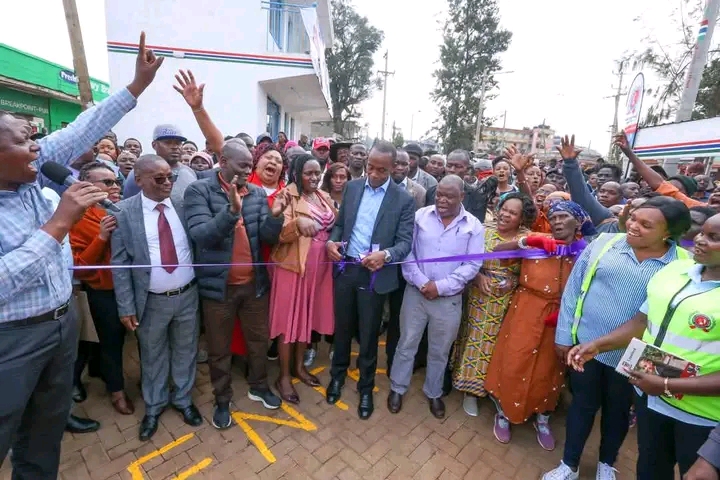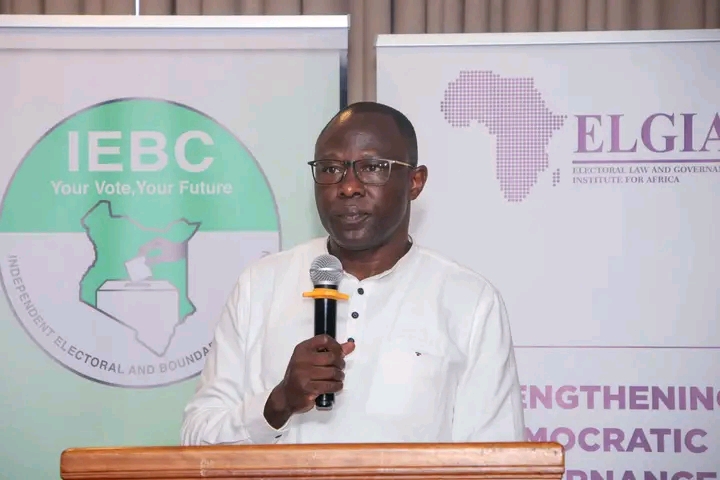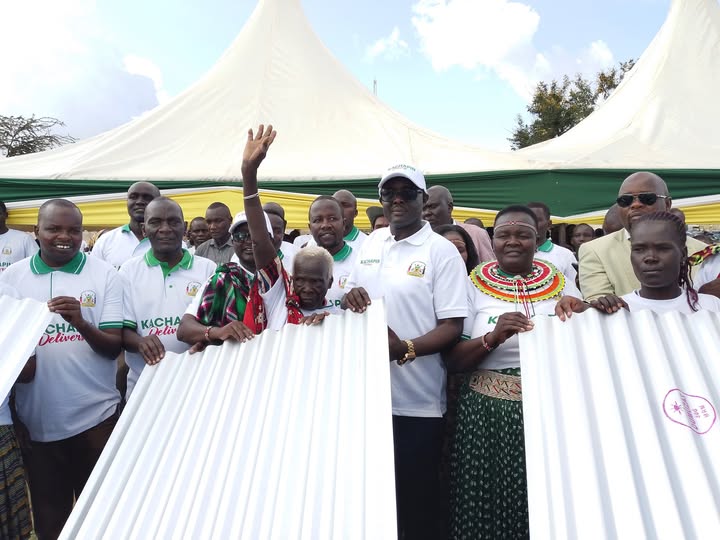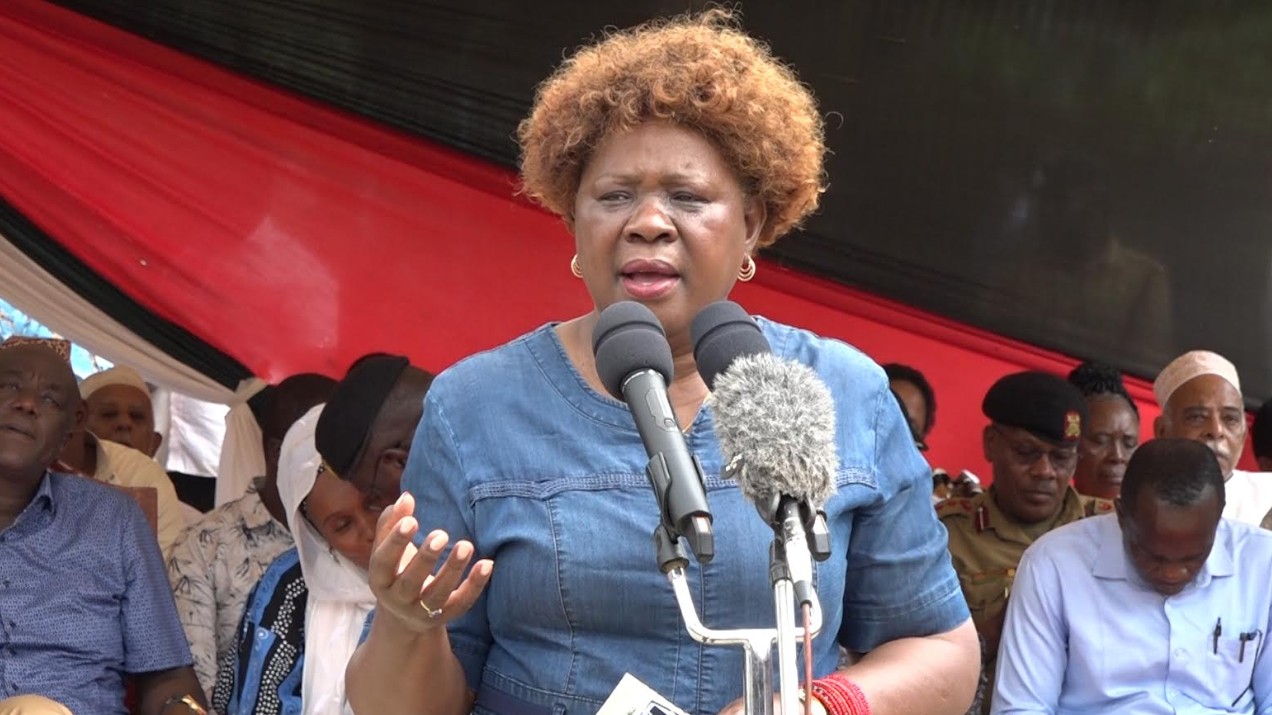Banana Town Gets a New Face as Modern Bus Park Eases Transport and Boosts Small Businesses
The new Banana Bus Park in Kiambu County brings order to public transport by accommodating 300 vehicles from ten SACCOS. It eases road congestion and enhances commuter safety. Modern kiosks also support small traders with secure, clean workspaces.
LIVE: Media Briefings on Ondoa Nyasi Initiative and County Development ProjectsLIVE: Media Briefing on Ondoa Nyasi Initiative and County Development Projects at The County Headquarters, Kapenguria.
Posted by Simon Kachapin on Sunday, July 13, 2025
Kiambu County has taken a significant step towards improving urban planning and transport management with the official opening of the new Banana Bus Park in Kiambaa Constituency. This state-of-the-art facility has been established not only to improve the chaotic public transport sector in Banana town but also to support and uplift local small-scale businesses that have long operated under poor conditions. The initiative marks a turning point in the town’s development and is expected to have long-lasting social and economic impact.
The newly launched bus park is designed with a capacity to accommodate up to 300 public service vehicles. It is structured to serve vehicles from at least ten different SACCOS that operate in and around Banana town. Previously, the town suffered from unregulated matatu operations that led to traffic congestion, confusion, and unsafe road environments. Roads were often blocked by vehicles loading and offloading passengers at undesignated points, leading to inefficiencies and delays. This bus park is now set to bring order, discipline, and safety to the transport system.
One of the most innovative features of the park is the 50 designated bays specifically marked for matatus and buses. This development will greatly reduce roadside pickups and drop-offs, which have been a major cause of both traffic snarl-ups and pedestrian accidents in the town. With vehicles now operating within a well-defined space, traffic flow on the main roads is expected to improve, making movement more predictable and safer for both drivers and passengers.
In addition to its transport benefits, the new Banana Bus Park is also a lifeline for small traders who have for years struggled to operate from makeshift stalls or roadside setups. The park includes modern kiosks constructed with the needs of local traders in mind. These kiosks are durable, secure, and offer a clean working environment. They provide traders with space not only to sell but also to store their goods—solving a major problem many have faced in the past.
Kiambu Governor Kimani Wamatangi, while launching the facility, highlighted the dual purpose of the project: urban decongestion and local economic empowerment. He emphasized that the county government remains committed to modernizing towns across Kiambu by providing essential infrastructure that supports both transport and commerce. According to him, the modern kiosks will ensure businesspeople work in dignified, hygienic conditions while protecting their merchandise from the elements and theft.
One such trader, Eric Mwende, expressed his gratitude for the development. He explained that he used to spend a lot of money renting separate spaces to store goods overnight, which not only increased his expenses but also exposed his products to theft. With the new kiosk, he now operates from a secure and affordable place, improving his business efficiency and overall income.
From the perspective of transport operators, the bus park is a welcome development. Samuel Wanjala, a matatu driver, acknowledged the challenges they had faced in the past, including harassment from authorities and confusion about loading areas. He praised the structured layout of the park, saying it now offers a professional and safe working environment. The new order also makes it easier for passengers to locate vehicles, especially during peak hours, improving their commuting experience.
The bus park is projected to directly benefit over 5,000 commuters daily. By reducing the chaos caused by unregulated transport operations, it will not only improve safety but also save time for passengers who previously endured long waits and unclear boarding points. Additionally, this new facility will assist the county in improving its revenue collection by regulating transport operations more effectively. Vehicles entering the park can now be monitored, levies can be collected, and data on transport trends can be gathered for future planning.
Ultimately, the Banana Bus Park represents a well-thought-out blend of infrastructure development and economic empowerment. It addresses key challenges facing urban centers in Kenya—namely disorder in the transport sector and poor working conditions for informal traders. As operations stabilize, the park is expected to be a model for similar developments across the country, showcasing how integrated planning can enhance service delivery while promoting inclusive growth.













